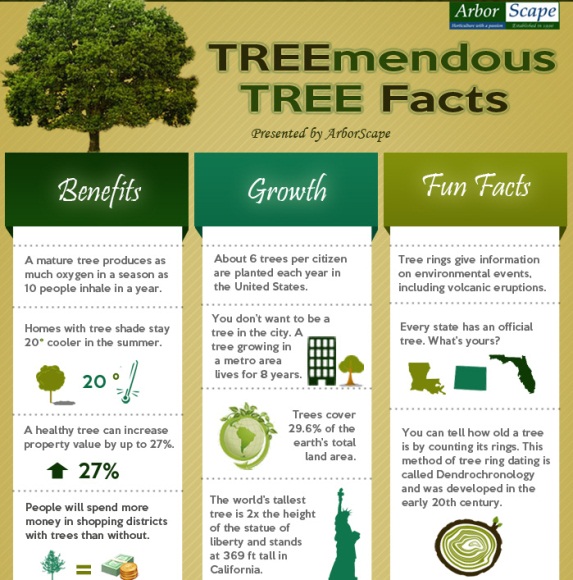Tree Elimination Aftercare: Best Practices For Landscape Recovery
Tree Elimination Aftercare: Best Practices For Landscape Recovery
Blog Article
Short Article By-McMillan Cochrane
After a tree's elimination, your landscape may look fairly various, and it's important to analyze the after-effects thoroughly. You'll want to evaluate the dirt disruption and check bordering plants for any indicators of stress and anxiety. Neglecting these variables can result in larger issues down the line. So, what should you make with those stumps and origins? And how do you choose the very best plants for your rejuvenated area? Let's check out these vital steps.
Evaluating the Aftermath: Reviewing Your Landscape
After a tree elimination, it's crucial to examine your landscape to recognize the effect it has on your backyard.
Beginning by examining the area where the tree stood. Try to find indicators of dirt disturbance, and examine the surrounding plants for any kind of stress or damage.
https://www.sfchronicle.com/bayarea/article/Arborist-s-death-in-Mill-Valley-highlights-15027192.php must additionally bear in mind of how the elimination has actually changed sunshine exposure and airflow in your garden. This shift can impact the development of neighboring plants, so it's vital to evaluate their health.
Think about the visual facets as well; the elimination might develop an open space that you can redesign.
Lastly, think about any kind of prospective disintegration concerns that might emerge from the tree's absence. Resolving these aspects early will help bring back equilibrium to your landscape.
Managing Stumps and Origins: Options for Elimination
When you have actually analyzed the consequences of the tree elimination, you'll likely require to deal with the stump and origins left behind.
You have a few choices for elimination. One reliable approach is stump grinding, where a specialist makes use of a maker to grind the stump down to underground degree. This strategy leaves marginal interruption to your landscape.
If you choose a do it yourself technique, you can make use of a mix of excavating and chemical stump cleaners. Just bear in mind, this process can take some time and effort.
Additionally, consider leaving the stump as a natural attribute, which can serve as an unique yard component or environment for wild animals.
Whatever you select, dealing with the stump and origins is crucial for recovering your landscape.
Selecting the Right Plant Kingdoms for Your New Room
As you examine your freshly gotten rid of room, selecting the right plants can considerably enhance your landscape's beauty and performance.
Beginning by taking into consideration the sunlight and soil conditions. For warm areas, opt for drought-resistant plants like lavender or succulents. In shaded spots, ferns and hostas flourish well.
Think about the size and development routines of your plants; mix perennials and annuals for seasonal range. Don't neglect to include indigenous species; they call for much less upkeep and support local wildlife.
Group plants in strange numbers for a more all-natural look and produce layers for visual deepness.
Lastly, https://cruzmhavo.tokka-blog.com/35552467/the-merits-of-tree-trimming-boosting-visual-charm-and-tree-vitality have a mix of colors and structures to keep your landscape vibrant throughout the periods.
Delighted planting!
Conclusion
Finally, restoring your landscape after tree removal is a rewarding process. By evaluating the consequences, dealing with stumps and origins, and choosing the right plants, you'll produce a flourishing environment. Do not forget to incorporate erosion control actions to protect your soil. With a little initiative and treatment, you can transform your space into a vibrant yard that enhances your building. Welcome the opportunity to invigorate your landscape and appreciate the elegance of nature right in your yard!
